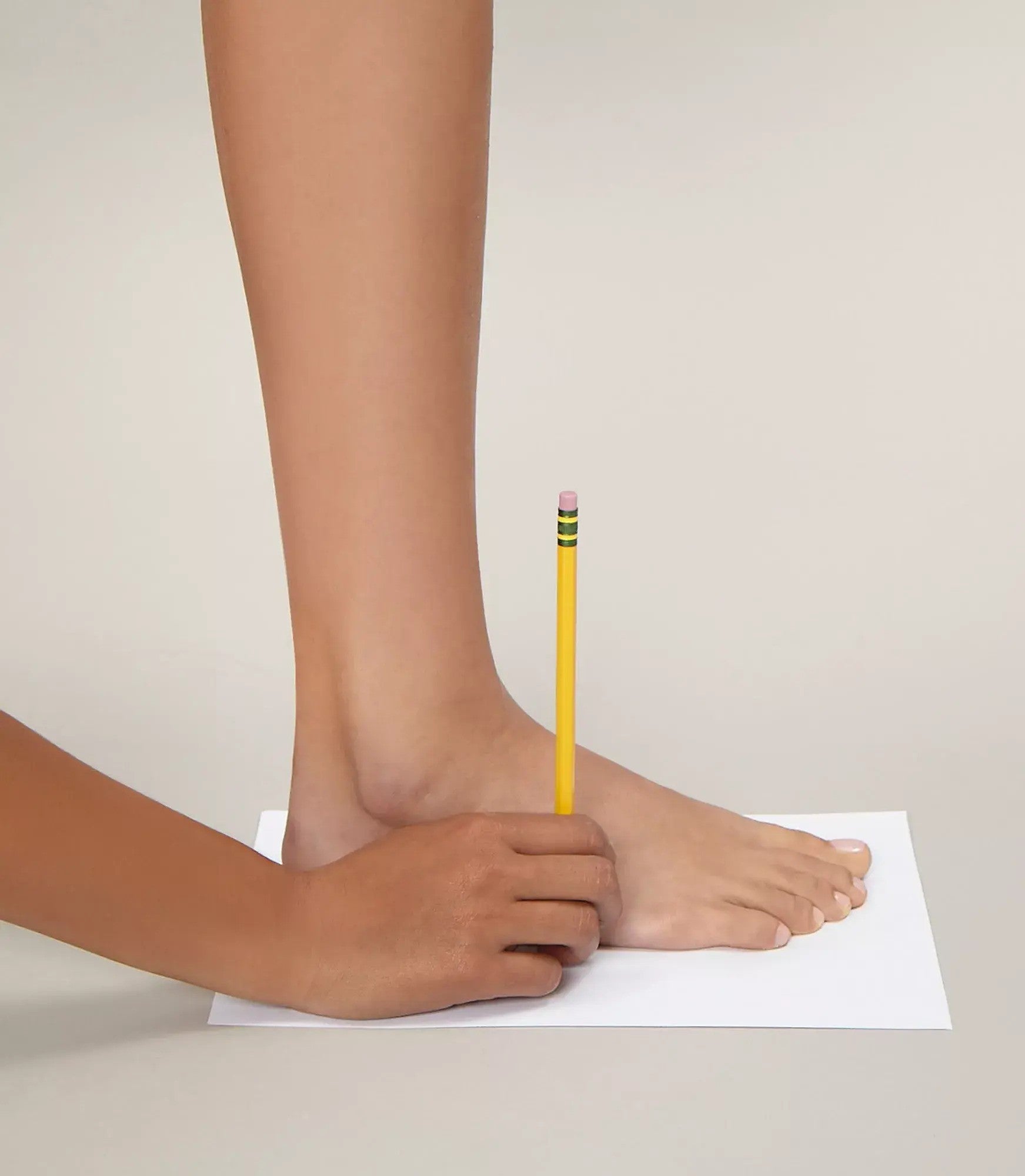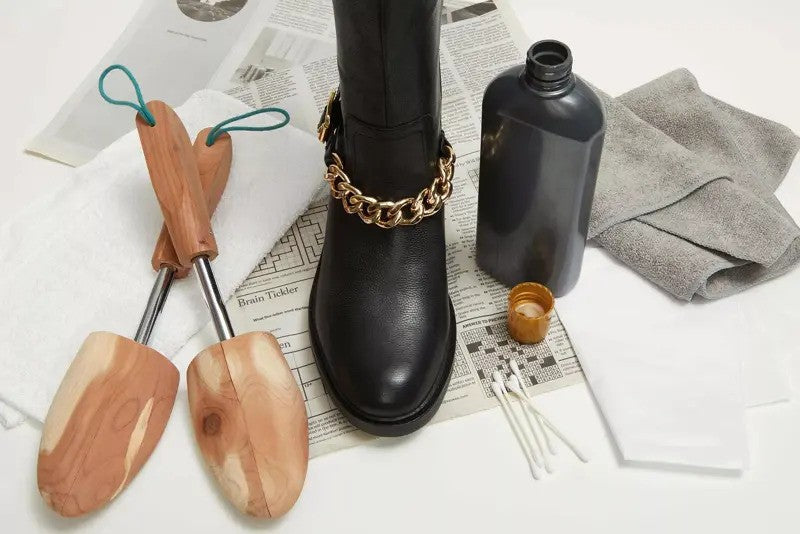Your beautifully crafted leather boots and shoes are a wardrobe investment that will provide years of stylish service with proper care. One of the easiest—and most effective—ways to extend the life of your footwear is by conditioning your shoes and boots regularly.
Why Condition Your Footwear?
Leather is a natural, breathable material that contains oils. These essential moisturizers can be depleted with exposure to changing temperatures, water, salt and soil. Regular cleaning and polishing help keep leather supple—but conditioning takes revitalization a step further, helping to maintain leather in prime condition.
Regular conditioning:
- Deep cleans leather, lifting below-surface dirt
- Nourishes leather by penetrating fiber layers
- Replenishes moisture stripped by water evaporation
- Helps prevent cracking and minimizes the appearance of creases
- Improves overall appearance, keeping leather smooth and hydrated
- Protects leather. While conditioning alone does not waterproof footwear, care with a quality conditioner—along with regular cleaning, polishing and weatherproofing—adds another layer of protection.
How often should you condition your leather boots and shoes?
There is no set rule on how often to condition your boots. Your routine will vary according to:
- Wear. The more you wear your shoes, the more often they need conditioning. “Plan on conditioning shoes after wearing them 5-10 times,” says Vince Camuto Leather Expert Ademir Colla. “Conditioning with this regularity helps give leather a smooth, supple appearance.” But frequency of conditioning is also dependent on…
- Seasonal temperatures and weather conditions. If you live in colder climes where winter brings snow, sleet and icy rains—and sidewalks and roads may be salted—you may want to condition your shoes after wearing them 4-5 times. If you live in a very hot and dry climate—arid heat dries leather—your shoes may also require conditioning after 4-5 wears.
Condition Leather Proactively
Don’t wait until leather is dry, dull, cracked or damaged before conditioning. The best leather care is preventative care.
A note on conditioner: A quality leather conditioner is essential. Ask a shoe-care professional for their trusted brand. “Look for a product that is water-based,” says Colla. “It is the most delicate product on the market and it will not damage ornaments or combinations of leathers on the shoes. It’s the best and safest choice.”
How to Condition Leather Shoes Like a Pro in 7 Easy Steps
Cleaning and conditioning your shoes are easy and fast—these seven simple steps take less than 10 minutes (plus drying time).
Our directions show you how to thoroughly condition smooth and textured leather footwear. The instructions below are NOT recommended for suede, nubuck, patent leather or calf hair shoes and boots.
Here’s what you’ll need:
- Clean, soft cloths for removing dust and dirt and applying conditioner
- Cotton swabs
- Leather conditioner
- Shoe trees or crumpled newspaper to fill shoes
- Tissue paper or paper towel to cover embellishments like chains and buckles (optional)
- An old towel or newspaper to protect your work surface
1. Prep Your Surface and Footwear
Cover your work surface with an old towel or newspaper. If your shoes have laces, remove them.

2. Support Shoes with Shoe Trees
Insert shoe trees or fill with crumpled newspaper to support the shoe as you clean and treat it.

3. Clean Shoes
Use a clean, soft cloth to remove all surface dirt from your shoes. Be sure to remove any dirt or grit wedged between the shoe upper and sole.

“Shoes need to be completely clean before [conditioner or] cream polish is applied,” notes Colla.
4. Apply Conditioner
Pour a small amount of leather conditioner onto a clean, soft cloth. Rub conditioner into leather using, circular motions, working on one small area at a time.

Be careful to avoid getting conditioner on hardware, buckles, studs, pearls, crystals or any other shoe embellishments. Use a cotton swab to carefully apply conditioner around shoes details. Massage extra conditioner into any creases and lines in the leather.
5. Wipe Off Excess Conditioner
With a clean, dry cloth, wipe away excess conditioner.

6. Allow Conditioned Shoes to Dry
Let shoes dry 15-20 minutes. Polish shoes if desired. Your shoes are ready to wear!

7. Store Shoes
Place shoes in a covered shoe box for storage if they are not to be worn immediately.

More Do's and Don'ts
Do read leather conditioner reviews, consult a shoe-care professional and choose a high-quality conditioner that will not damage, dry or change the color of your leather.
Don’t choose a grease-based conditioner that can darken or stain leather.
Do allow conditioned shoes to dry in a well-ventilated room away from direct heat and sunlight.
Don’t place shoes on or in radiators, heaters and ovens, or use a hairdryer to dry footwear.
Do use conditioner on smooth, grained, pebbled and embossed leather, such as Vince Camuto napa leather or snake-embossed leather.

Don’t apply conditioner on suede, nubuck, patent leather or calf hair.

Do factor in weather, wetness and frequency of wear when deciding how often to condition.

Don’t wait until leather is visibly dry, cracked or damaged to condition.









